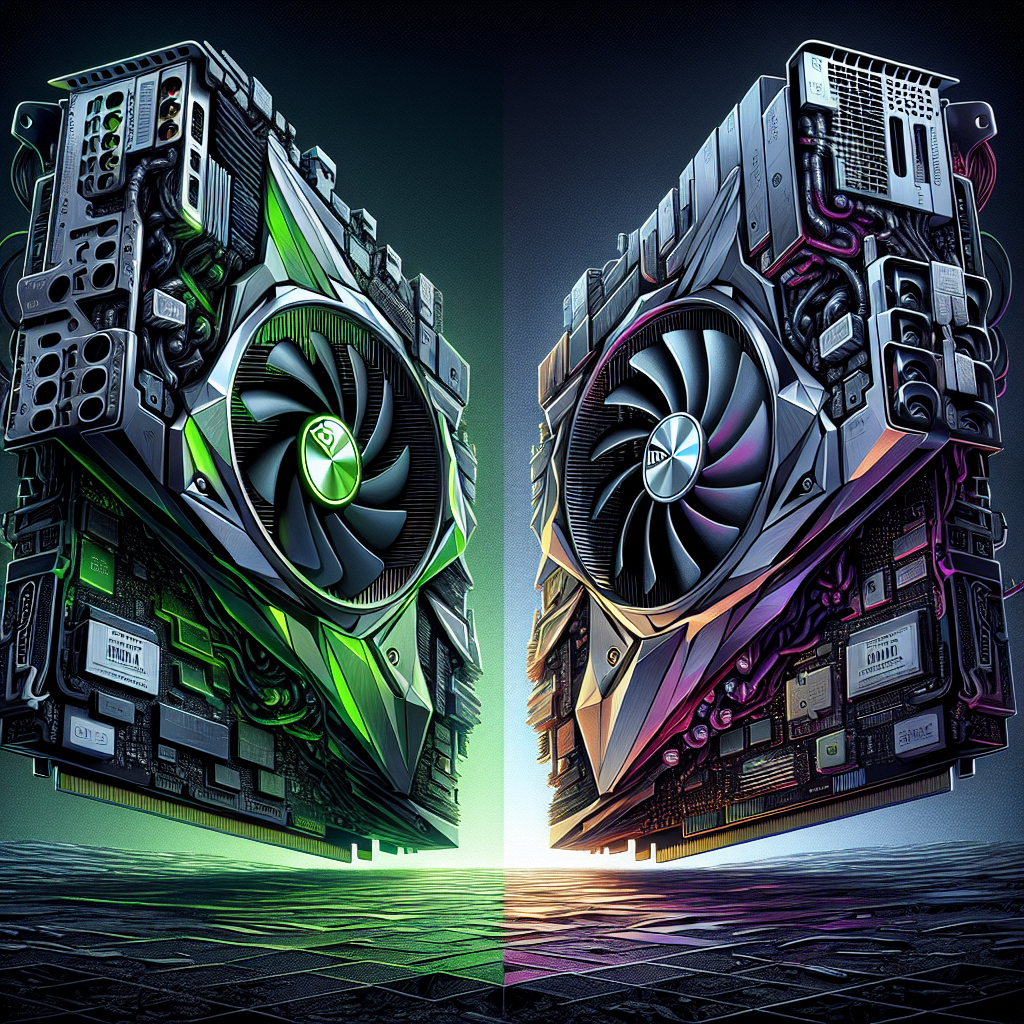NVIDIA GPUs vs. Competitors: A Comparative Analysis
When it comes to choosing a graphics processing unit (GPU) for your computer, NVIDIA is often considered as one of the top choices in the market. However, there are several competitors out there that offer similar products. In this article, we will compare NVIDIA GPUs with some of its main competitors to see how they stack up against each other.
NVIDIA is known for its high-performance GPUs that are used in gaming, professional graphics, artificial intelligence, and data center applications. The company’s flagship products, such as the GeForce RTX and Quadro series, are widely praised for their performance and efficiency.
One of NVIDIA’s main competitors is AMD, which also offers a range of GPUs for gaming and professional applications. AMD’s Radeon series is popular among gamers for its competitive pricing and performance. However, when it comes to raw performance and features, NVIDIA GPUs tend to outshine AMD’s offerings.
Another competitor of NVIDIA is Intel, a company that is better known for its CPUs but has recently entered the GPU market with its Xe series of graphics cards. While Intel’s GPUs are still in the early stages of development, they have shown promise in terms of performance and efficiency. However, they still have a long way to go to catch up with NVIDIA in terms of market share and popularity.
In terms of performance, NVIDIA GPUs are often praised for their superior processing power and efficiency. The company’s use of cutting-edge technologies, such as ray tracing and DLSS, has helped to push the boundaries of what is possible in terms of graphics rendering. This has made NVIDIA GPUs the top choice for many professional users who require high-performance computing power.
On the other hand, competitors like AMD and Intel have been catching up in recent years, with their GPUs offering comparable performance at a lower price point. AMD’s Radeon series, in particular, has gained a strong following among budget-conscious gamers who are looking for a good balance of performance and affordability.
In conclusion, while NVIDIA GPUs remain the top choice for many users who require high-performance graphics processing power, competitors like AMD and Intel are beginning to close the gap. Each company has its own strengths and weaknesses, and the choice of GPU will ultimately depend on your specific needs and budget. As technology continues to evolve, it will be interesting to see how these companies continue to innovate and push the boundaries of what is possible in the world of graphics processing.


